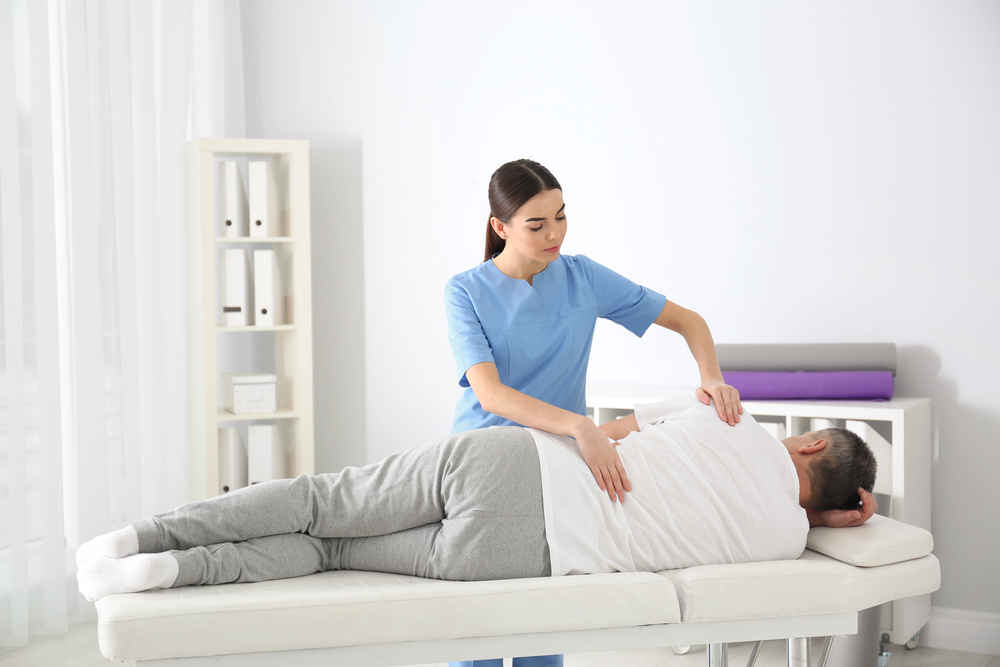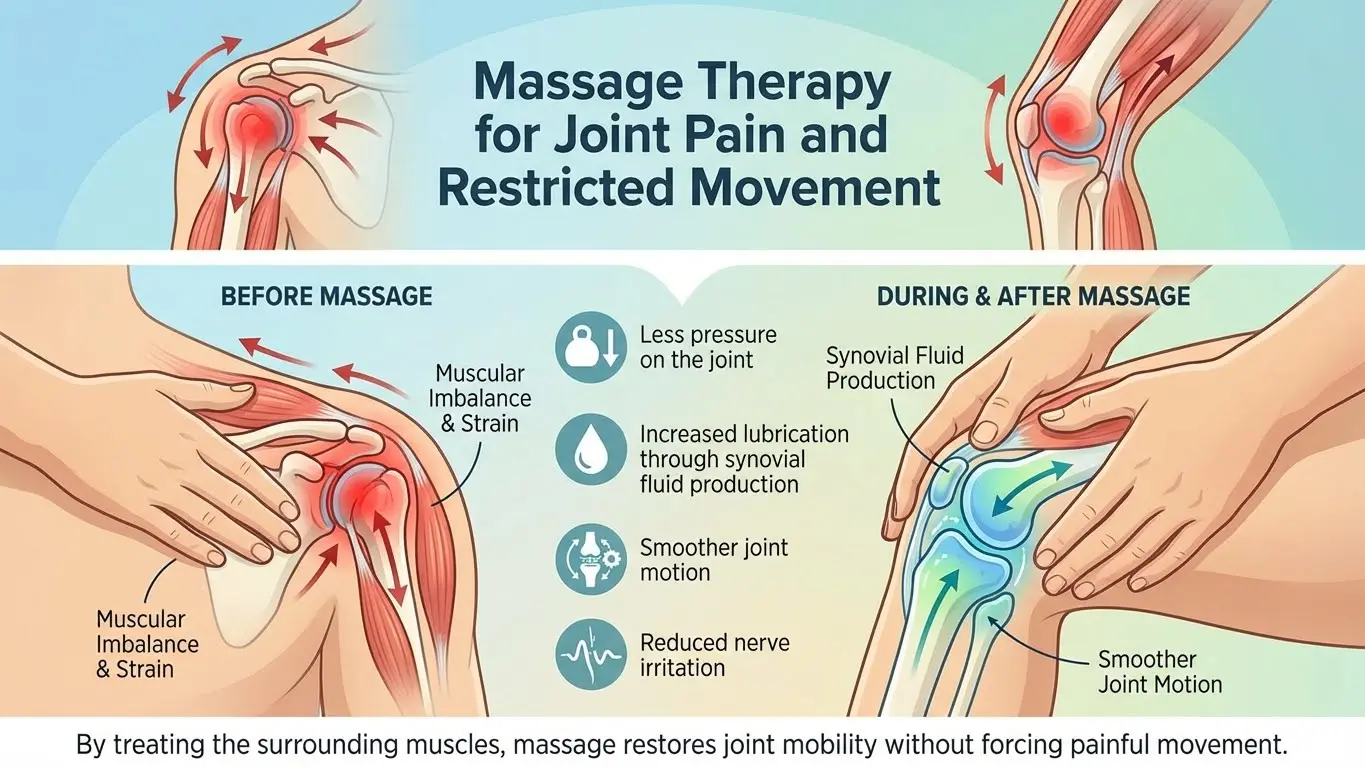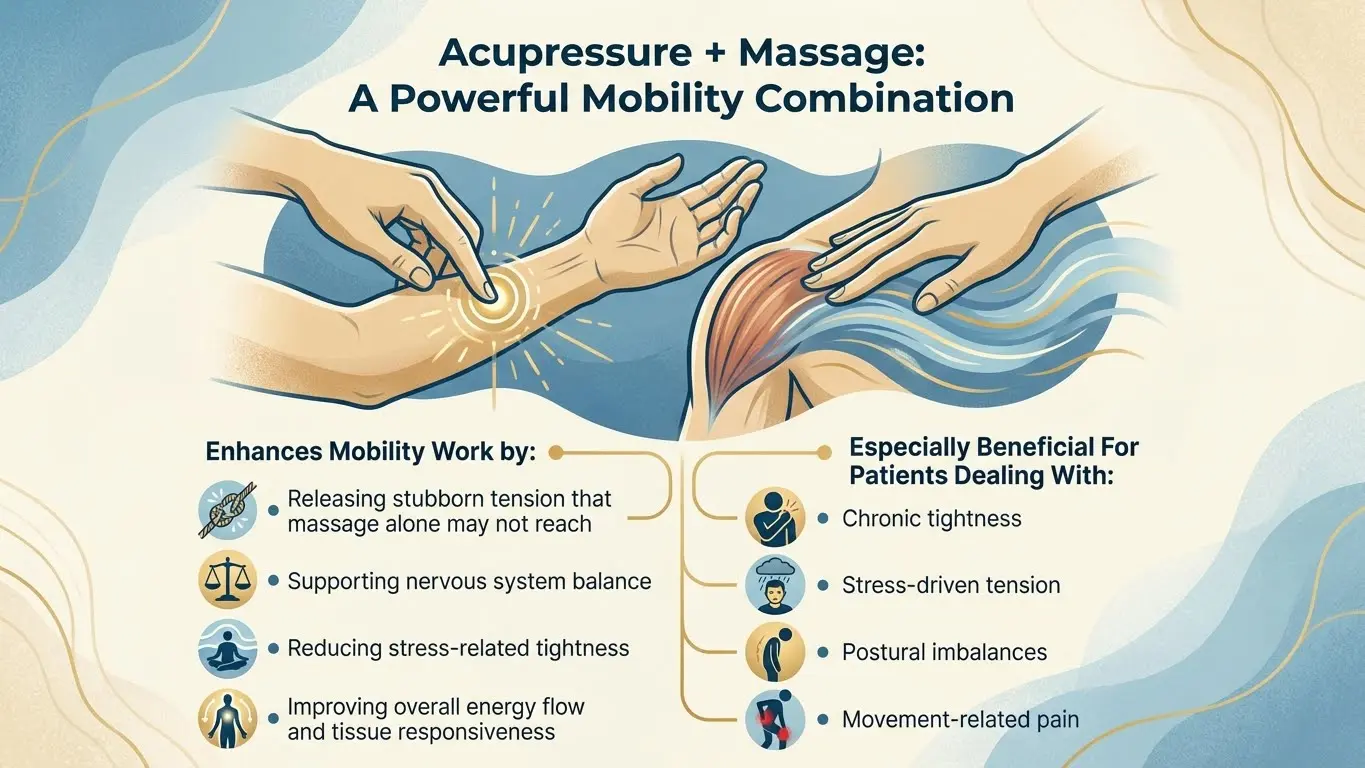Maintaining mobility and flexibility is essential for staying active, reducing pain, and protecting long-term joint health. Yet many people in East Setauket, Stony Brook, and Port Jefferson struggle with stiffness, limited movement, or chronic muscle tightness that interrupts their daily routines. Whether it’s from sitting too long, recovering from an injury, aging, or persistent stress, restricted mobility affects how comfortable and confident you feel in your body.
Massage for mobility has become one of the most effective, research-supported ways to restore movement and improve overall function. At Messina Acupuncture, we take a clinical, orthopedic-focused approach to mobility work through medical massage, acupressure, and acupuncture — helping patients address the root causes of stiffness and move with greater ease.
Understanding Mobility and Flexibility
Mobility refers to your ability to move joints through their full, active range of motion. Flexibility refers to how well your muscles and connective tissues can lengthen without restriction. You need both to walk comfortably, bend, twist, lift, exercise, or simply get through your day without discomfort.
Modern lifestyles make both mobility and flexibility harder to maintain. Long hours at a desk, stress-driven muscle tension, old injuries, and repetitive movement patterns all create imbalances in the body. Over time, this leads to:
- Stiffness in the hips, shoulders, and lower back
- Reduced range of motion
- Difficulty bending or twisting
- Chronic muscle tightness
- Compensation patterns that strain other areas
- Increased risk of injury or flare-ups
The good news is that mobility and flexibility can be restored — and massage therapy is one of the most effective ways to make meaningful improvements.
How Massage Therapy Improves Mobility
Medical massage for mobility focuses on correcting soft-tissue dysfunction that limits movement. Unlike general relaxation massage, medical massage uses clinical techniques to target specific muscles, fascia, and movement patterns that restrict the body. Here’s what makes it so effective.
1. Reduces Muscle Tension and Guarding
Tight muscles are one of the most common barriers to mobility. When muscles are overactive or stuck in a contracted state, they limit how joints move. This often happens in people who:
- Sit for long periods
- Stand all day
- Lift or train regularly
- Carry stress in the neck and shoulders
- Recover from an injury
Medical massage works to release this tension through slow, sustained pressure, trigger point therapy, myofascial release, and movement-based techniques. When the muscle finally relaxes, the joint can move more freely — often immediately.
2. Breaks Up Adhesions and Scar Tissue
Adhesions (or “knots”) develop from repetitive strain, trauma, or surgery. They bind layers of muscle and fascia together, making movement stiff and painful. Medical massage helps dissolve these adhesions, allowing tissues to glide normally again.
This is critical for patients in Setauket and nearby areas recovering from:
- Sports injuries
- Surgical procedures
- Auto accidents
- Chronic overuse
Restoring tissue mobility reduces pain and dramatically improves function.
3. Improves Circulation and Tissue Health
Healthy movement depends on good blood flow. Massage increases circulation, bringing oxygen and nutrients to tight or fatigued muscles. This speeds up healing, reduces stiffness, and improves how tissues behave during movement.
Many patients notice:
- Less morning stiffness
- Faster recovery after exercise
- Reduced swelling
- More natural, fluid motion
Improved circulation also helps clear metabolic waste that contributes to soreness and inflammation.
How Massage Enhances Flexibility
Flexibility depends on how well your muscles and fascia can lengthen safely. Massage supports this in several clinically proven ways.
1. Improves Tissue Elasticity
Massage warms the tissue, making it more pliable and capable of stretching. This prepares the body for movement, exercise, or physical therapy.
2. Makes Stretching More Effective
Many people stretch but don’t see improvement because the muscles are too guarded or tense. Massage releases that guarding, allowing the muscles to lengthen without resistance.
3. Reduces Stiffness From Stress and Overuse
Stress causes the body to tighten — especially in the neck, back, shoulders, and hips. Massage helps reverse this pattern, allowing for smoother, more comfortable motion.
Massage Therapy for Joint Pain and Restricted Movement
Joint pain is one of the most common reasons people in Suffolk County seek treatment. Medical massage reduces joint strain by addressing muscular imbalances that pull on the joint and limit movement.
Benefits include:
- Less pressure on the joint
- Increased lubrication through synovial fluid production
- Smoother joint motion
- Reduced nerve irritation
By treating the surrounding muscles, massage restores joint mobility without forcing painful movement.
Acupressure + Massage: A Powerful Mobility Combination
Acupressure uses targeted point stimulation to release deep muscle tension and regulate the nervous system. When combined with massage, it enhances mobility work by:
- Releasing stubborn tension that massage alone may not reach
- Supporting nervous system balance
- Reducing stress-related tightness
- Improving overall energy flow and tissue responsiveness
This combination is especially beneficial for patients dealing with:
- Chronic tightness
- Stress-driven tension
- Postural imbalances
- Movement-related pain
How Acupuncture Supports Mobility and Flexibility
Acupuncture complements massage by addressing deeper neuromuscular factors that affect mobility. It helps by:
- Reducing muscle guarding
- Increasing blood flow
- Lowering inflammation
- Releasing trigger points
- Improving nervous system regulation
When paired with massage, acupuncture accelerates progress, especially for patients experiencing chronic stiffness, limited range of motion, or repetitive strain.
Customizing Massage Techniques for Better Mobility
No two bodies move the same, which is why customized treatment matters. We use techniques such as:
- Swedish massage — ideal for relaxation and circulation
- Deep tissue massage — targets chronic tension and deeper layers
- Sports massage — supports performance, recovery, and balance
- Myofascial release — restores glide between tissue layers
- Trigger point therapy — releases stubborn knots affecting movement
This tailored approach ensures patients receive the techniques that best address their mobility goals.
Why Consistency Matters for Long-Term Mobility
Mobility improves fastest when treatment is consistent. Just like exercise, mobility work builds over time. Patients who schedule regular sessions often notice:
- Less daily stiffness
- Better posture
- Fewer episodes of muscle tightness
- Improved athletic performance
- Greater comfort during daily activity
Even bi-weekly or monthly sessions help maintain progress, prevent regressions, and keep tissues functioning well.
Mobility Care at Messina Acupuncture
At Messina Acupuncture in East Setauket, our clinical focus is orthopedic care — helping patients move better, feel less restricted, and prevent long-term mobility issues. Whether you’re dealing with chronic stiffness, joint limitations, postural patterns, or movement-related pain, our integrative approach (massage, acupressure, acupuncture, dry needling) is designed to restore balance and improve function.
We serve patients throughout East Setauket, Stony Brook, Port Jefferson, and surrounding Suffolk County communities. Insurance is accepted, and flexible scheduling is available.
If you’re ready to improve how your body moves, schedule a session today. Our team is here to support your mobility, flexibility, and overall well-being — one step at a time.





